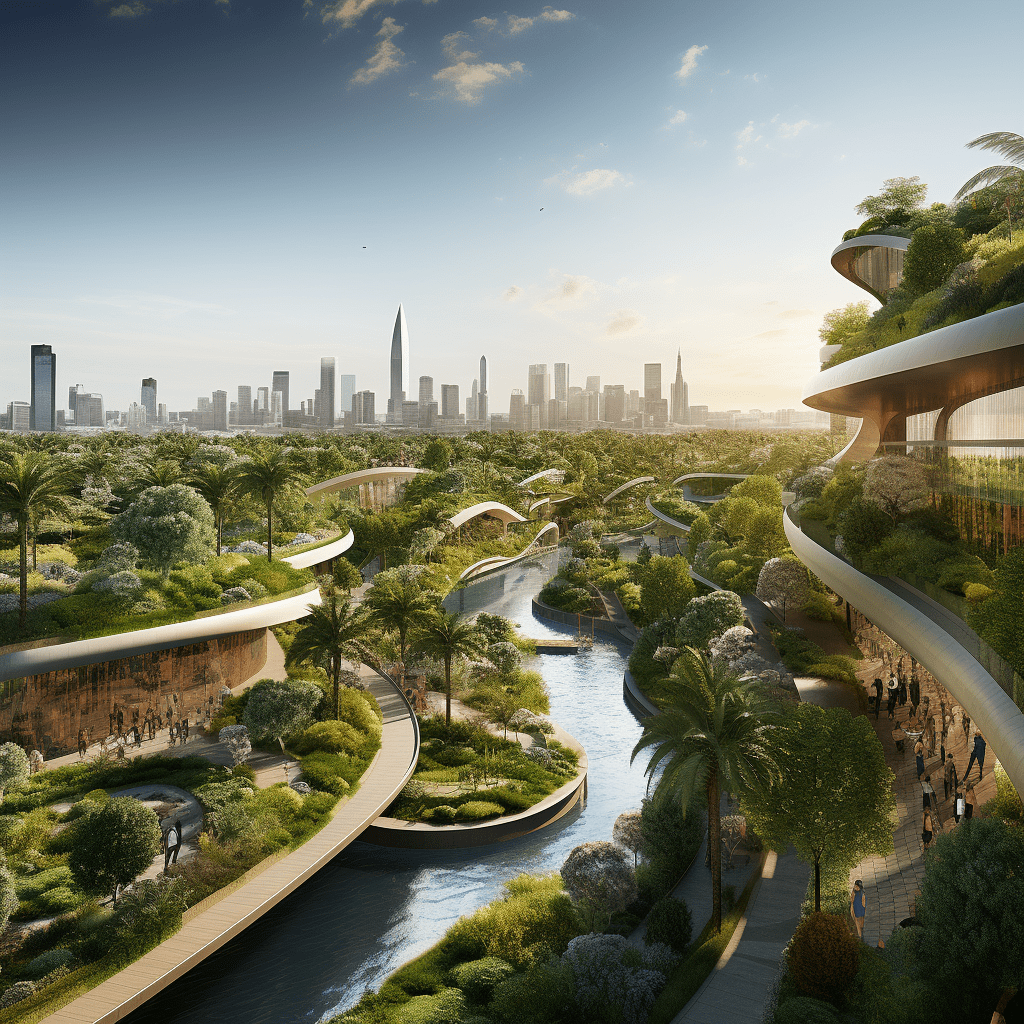Sustainable Design Practices in the GCC
The Gulf Cooperation Council (GCC) countries, consisting of Bahrain, Kuwait, Oman, Qatar, Saudi Arabia, and the United Arab Emirates, have been making remarkable strides in embracing sustainable design practices. With a growing awareness of the need to address climate change and environmental concerns, the GCC region has witnessed a surge in innovative sustainable design solutions. This article aims to shed light on the remarkable sustainable design practices adopted in the GCC, focusing on green building technologies, energy-efficient solutions, and environmentally conscious design principles.
Green Building Technologies:
The GCC region has become a hotbed for green building technologies, with architects, engineers, and developers pushing the boundaries of sustainable design. Some notable examples include:
- Masdar City, UAE: Masdar City, located in Abu Dhabi, has gained international recognition as a sustainable urban development project. Designed with a vision of achieving zero-carbon and zero-waste, the city implements a range of technologies such as solar power generation, smart grid systems, and advanced water conservation techniques.
- Msheireb Downtown Doha, Qatar: Msheireb Downtown Doha is a sustainable urban regeneration project that aims to transform the heart of Doha into a vibrant, pedestrian-friendly neighborhood. The project incorporates various sustainable design elements, including energy-efficient buildings, renewable energy systems, and smart infrastructure to reduce carbon emissions and enhance livability.
- King Abdullah University of Science and Technology (KAUST), Saudi Arabia: KAUST stands as a model for sustainable campus design. The university utilizes cutting-edge technologies like solar panels, efficient cooling systems, and advanced water treatment facilities to minimize its ecological footprint. Additionally, the campus promotes green spaces and encourages biodiversity conservation.
Energy-Efficient Solutions:
The GCC countries have recognized the importance of energy conservation and have implemented a range of energy-efficient solutions. Here are a few notable examples:
- Qatar Foundation’s Energy Efficiency and Conservation Program: Qatar Foundation has initiated a comprehensive program focused on energy efficiency and conservation. The program includes retrofitting existing buildings with energy-efficient systems, promoting sustainable transportation, and raising awareness about energy-saving practices among residents and businesses.
- Dubai’s Shams Dubai Initiative: Dubai has launched the Shams Dubai initiative, which aims to encourage the adoption of solar energy in buildings across the city. The initiative provides incentives and regulations to promote solar power generation, enabling buildings to harness renewable energy and reduce dependence on conventional power sources.
Environmentally Conscious Design Principles:
The GCC region is embracing environmentally conscious design principles that prioritize sustainable practices and reduce environmental impact. Here are a few notable examples:
- Water Conservation Strategies: Given the arid climate of the region, water conservation is a top priority. GCC countries have implemented various strategies such as efficient irrigation systems, greywater recycling, and desalination technologies to minimize water usage and ensure its sustainable management.
- Sustainable Materials and Construction Techniques: Many projects in the GCC are adopting sustainable materials and construction techniques to reduce environmental impact. This includes using recycled materials, incorporating passive cooling and natural lighting strategies, and implementing green roofs and vertical gardens to enhance insulation and promote biodiversity.

